Bali is often called the “Island of the Gods.” It is a tropical paradise known for its stunning beaches, lush rice terraces, and vibrant culture. Whether you’re seeking relaxation, adventure, or a cultural experience, choosing the right time to visit can greatly enhance your Bali experience.
In this guide, we’ll explore the best times to visit Bali based on weather, tourist seasons, local events, and budget considerations.
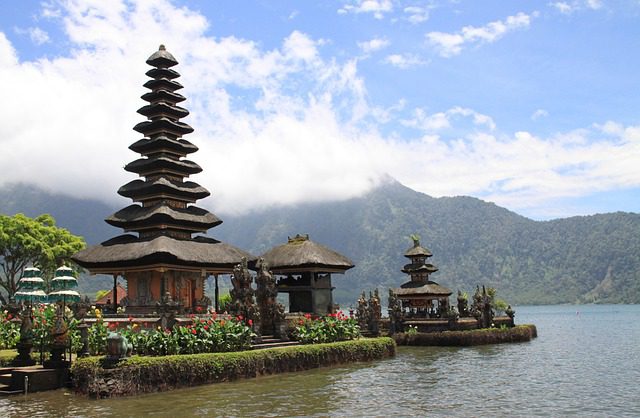
Bali has a tropical climate characterized by two main seasons: the dry season and the wet season. The dry season typically runs from April to September, while the wet season lasts from October to March.
During the dry season, Bali experiences sunny days and low humidity, making it ideal for outdoor activities such as surfing, snorkeling, and hiking. The average temperature during this time ranges from 27°C to 30°C, providing pleasant weather for exploring the island.
In contrast, the wet season brings frequent rainfall and higher humidity levels, which can limit outdoor activities and lead to occasional flooding. However, the lush greenery that emerges during this time creates a picturesque backdrop for your travels.
Embark on an Indonesian street food tour and explore craft markets in this immersive culinary and cultural experience.

Many travelers consider The dry season the best time to visit Bali. The weather is typically sunny and dry, with temperatures ranging from 27°C to 32°C (80°F to 90°F).
This season is perfect for exploring Bali’s beautiful beaches, as well as its cultural and natural attractions. Popular tourist spots such as Ubud, Kuta, and Seminyak are bustling with visitors looking to soak up the sun and enjoy the clear skies.
One of the highlights of the dry season in Bali is the Bali Arts Festival, held annually from June to July. This festival showcases the rich cultural heritage of Bali through various art performances, including traditional dance, music, and crafts. Visitors can immerse themselves in Balinese culture and witness the creativity and talent of local artists.
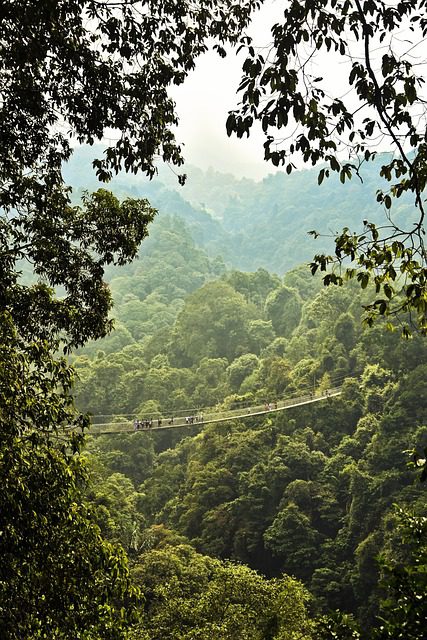
While the wet season in Bali can be challenging due to the rain and humidity, it also has its own unique charms. The average temperature during this time ranges from 26°C to 29°C, providing a cooler climate compared to the dry season.
The lush greenery that emerges during the wet season creates a picturesque backdrop for your travels and provides a unique opportunity to experience Bali’s natural beauty.
The wet season is also a great time to experience Bali’s cultural events and festivals, such as Galungan and Nyepi, the Balinese New Year. These festivals offer a glimpse into Bali’s rich cultural heritage and are not to be missed.
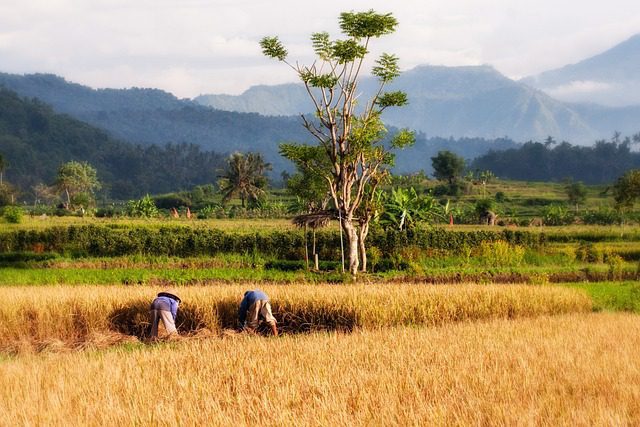
The shoulder seasons, which fall between the dry and wet seasons, offer a balance between good weather and fewer crowds.
Visiting Bali during these months allows you to enjoy the best of both worlds – you’ll experience pleasant weather and have the opportunity to explore popular attractions without dealing with large crowds.
The shoulder seasons are also a great time to find deals on accommodations and flights, as prices tend to be lower compared to the peak tourist season.
| Month | High/Low (°C) | Rain |
|---|---|---|
| January | 23°/ 16° | 24 days |
| February | 22°/ 16° | 27 days |
| March | 22°/ 16° | 31 days |
| April | 22°/ 16° | 26 days |
| May | 23°/ 15° | 10 days |
| June | 23°/ 14° | 5 days |
| July | 22°/ 13° | 4 days |
| August | 22°/ 13° | 1 day |
| September | 23°/ 13° | 3 days |
| October | 24°/ 14° | 8 days |
| November | 24°/ 15° | 23 days |
| December | 24°/ 16° | 29 days |

July and August mark the peak tourist season in Bali, as travelers from around the world flock to the island to escape the summer heat.
While the weather during this time is ideal, with sunny days and cool evenings, Bali can get quite crowded, and prices for accommodations and flights tend to be higher.
If you plan to visit during this time, booking your accommodations and activities well in advance is advisable to avoid disappointment.
Despite the crowds, the peak tourist season offers a lively atmosphere with plenty of activities and events to enjoy.

The cheapest time to visit Bali is typically during the wet season, which occurs from October to March. During this time, Bali experiences more rainfall and higher humidity levels, leading to fewer tourists and lower prices for accommodations, flights, and activities.
Travelers looking to save money can take advantage of the discounts and deals offered by hotels and tour operators during the wet season. Additionally, the lower demand for accommodations and services means that travelers may have more bargaining power when it comes to negotiating prices.
While the wet season may not be ideal for outdoor activities, it offers a unique opportunity to experience Bali at a lower cost. Travelers who don’t mind occasional rain showers can enjoy the island’s natural beauty, cultural attractions, and vibrant festivals without breaking the bank.
Discover the must-see destinations in the Faroe Islands, showcasing breathtaking landscapes and unique cultural experiences.
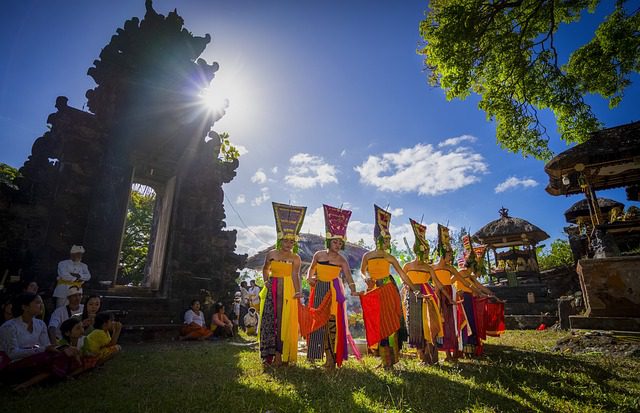
Bali is known for its vibrant culture and rich traditions, which are celebrated through various festivals and events throughout the year.
One of the most famous festivals is Nyepi, or the “Day of Silence,” which marks the Balinese New Year. During Nyepi, the entire island comes to a standstill, with no flights in or out and no activities allowed. It is a time for reflection and introspection, making it a unique and meaningful experience for visitors.
Other popular festivals in Bali include Galungan, which celebrates the victory of good over evil, and Kuningan, which marks the end of the Galungan celebrations.
These festivals are characterized by colorful decorations, traditional dance performances, and offerings made to the gods, giving visitors a glimpse into Balinese culture and spirituality.
Explore Thailand’s top 15 must-see destinations, from stunning beaches to vibrant cities, offering unforgettable experiences for every traveler.
The timing of your visit can also impact your budget when traveling to Bali. The dry season, especially the peak months of July and August, tends to be more expensive due to higher demand.
Accommodation and flight prices are typically higher during this time, and popular tourist activities may also be more costly.
In contrast, the wet season offers more budget-friendly options, with lower hotel rates and the possibility of finding deals on flights and tours. Travelers looking to save money can take advantage of the lower prices during the wet season while still enjoying Bali’s beauty and culture.
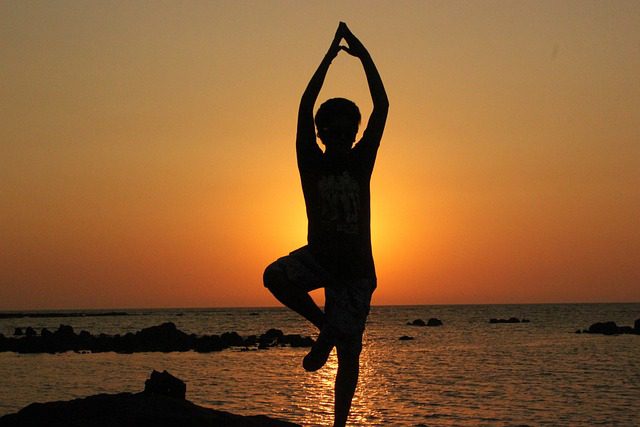
Aside from exploring Bali’s natural beauty and cultural attractions, there are many other activities and experiences to enjoy on the island.
Master trip planning with our ultimate guide, covering everything from destination selection to packing tips, ensuring a seamless and unforgettable journey.
Choosing the best time to visit Bali depends on your preferences and priorities. Whether you prefer sunny days on the beach, exploring cultural attractions, or saving money on your travels, there’s a time of year that’s perfect for you.
By considering the weather, tourist seasons, local events, and budget considerations, you can plan a memorable and enjoyable trip to this tropical paradise. Bali awaits you with its beauty, charm, and warm hospitality. Plan your visit wisely, and you’ll have an unforgettable experience in this enchanting destination.
Counter
101 Countries • 1432 Cities